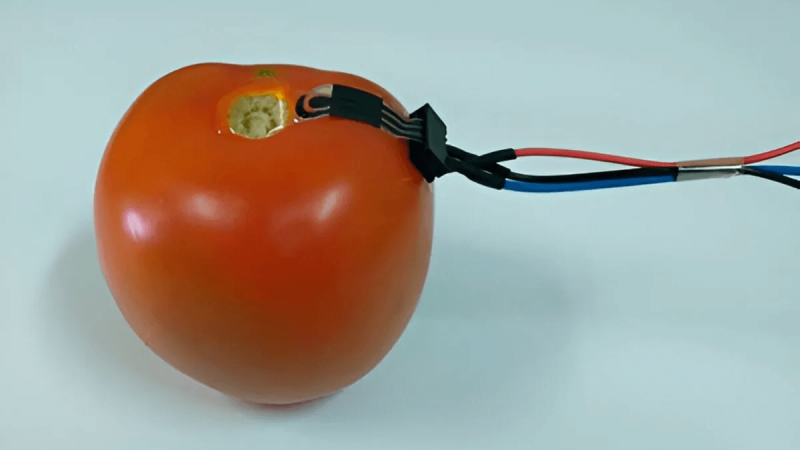Brazilian researchers have created a sensor that can be attached to the skin of fruits and vegetables to check for harmful pesticides. The sensor is made of cellulose acetate, a plant-based material that is biodegradable and eco-friendly.
The device could help ensure food safety in a world that faces food scarcity and health issues due to the excessive use of agrochemicals.
The study was published in the journal Biomaterials Advances.
The current methods to monitor pesticide levels are based on accurate chromatographic techniques, which have several limitations, such as the need for sample preparation, costly equipment, skilled personnel, long analysis time, and lack of mobility. The toxic waste generated by organic solvents is also an environmental concern.
“Our invention offers a better alternative. It is an electrochemical sensor that combines low cost, fast detection, small size, easy production, user-friendliness, high selectivity, and on-site pesticide detection. It can be directly applied to the surface of fruits, vegetables, or leaves. That’s why we call it plant-wearable,” said Paulo Augusto Raymundo-Pereira, the lead author of the paper and a researcher at the São Carlos Physics Institute (IFSC-USP).
Farmers can monitor pesticide levels in their fields, ensuring the appropriate amount is applied to each crop or section of a plantation. This can lead to reduced pesticide use while maintaining high yields, ultimately resulting in lower prices for consumers.































